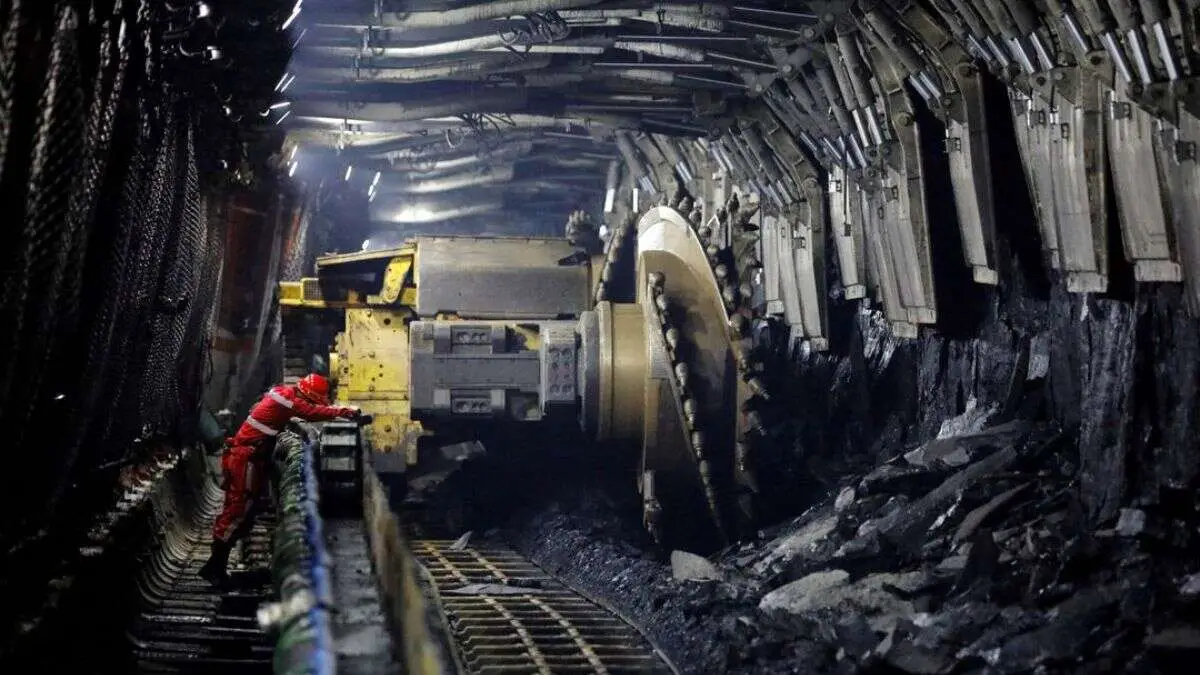Scientists have identified a phenomenon deforming the ground beneath cities – “underground climate change”
This silent hazard has been shown to threaten major cities across the globe. A study published in a Nature Portfolio journal on July 11th showed that rising temperatures may have contributed to previous building deterioration.
Alessandro Rotta Loria, assist. professor of civil and environmental engineering at Northwestern’s McCormick School of Engineering explained why underground climate change threatens cities. He explained that the ground is deforming as a result of temperature variations and non-existing civil structures or infrastructure to withstand these variations. He added that facilities like basements, parking garages, tunnels, and trains continuously emit heat to the ground. Therefore “in general, cities are warmer than rural areas because construction materials periodically trap heat derived from human activity and solar radiation and then release it into the atmosphere.”
Alessandro’s computer simulations found that some materials like soft and stiff clay contract when heated, while other materials like hard clay, sand, and limestone expand. They found that “warmer temperatures can cause the ground to swell and expand upward as much as 12 millimeters. Warm temperatures also cause the ground to contract and sink downward – beneath the weight of a building – by as much as 8 millimeters… [Therefore] the most effective and rational approach is to isolate underground structures in a way that the amount of wasted heat is minimal… If this cannot be done, then geothermal technologies offer the opportunity to efficiently absorb and reuse heat in buildings. What we don’t want is to use technologies to actively cool underground structures because that uses energy.”
Rotta Loria, however, points out that underground climate change does not threaten the safety of people and does not threaten to collapse structures and buildings, it only poses a potential challenge to the functionality and the durability of structures because excessive ground deformations leads to distortion, tilting and potentially cracking. As a result, water flows more easily into cracked structures, potentially causing corrosion in materials such as reinforced concrete. Buildings more prone to issues are those designed and built with outdated approaches. These buildings contribute the most to underground climate change because they lack appropriate thermal insulation which injects the most heat into the ground.



